The Vietnam Federation of Commerce and Industry (VCCI) responded to the Ministry of Finance regarding the request for comments on the Proposal to develop a National Assembly Resolution on reducing value added tax (hereinafter referred to as the draft).
VCCI believes that the policy of reducing value added tax from 10% to 8% implemented recently has brought many positive impacts to the Vietnamese economy .
In the context of many economic difficulties, continuing the policy of reducing value-added tax (VAT) from July to the end of 2024 is extremely necessary.
However, according to VCCI, businesses encounter many difficulties when applying this policy, mainly stemming from the classification of which goods are subject to 10% tax and which goods have their tax reduced to 8%.
Although the Government has issued Decree 15/2022/ND-CP and Decree 44/2023/ND-CP for guidance, the implementation process is still confusing.
These two Decrees are based on Vietnam's economic sector codes, while this document has previously been mainly used for statistical purposes and is rarely considered the basis for determining the rights and obligations of enterprises.
Specifying groups of goods and services is very difficult, especially in cases where there is no specialized law.
For example, the group of telecommunications and information technology goods is very difficult to define because there is no clear definition in other legal documents.
Many other types of goods and services also face classification difficulties, such as the production of pre-cast metal products and chemical production, which are very general and difficult to classify.
Many businesses look up the Appendices of Decrees 15 and 44 but do not dare to confirm whether their goods and services are subject to a tax rate of 10% or 8%.
Some businesses asked the tax authorities, customs authorities, and the Ministry of Finance, but these agencies also gave very general answers, such as "The company is requested to base on Decision No. 43/2018/QD-TTg of the Prime Minister, compare the product codes of goods and services provided by the company with the product codes of goods and services in Appendix I, II, III issued with Decree No. 44/2023/ND-CP to comply with regulations".
"The difficulty in determining the tax rate of 8% or 10% causes many social costs and increases risks in production and business activities," VCCI commented.
Also according to VCCI, many businesses reported that they had to hire additional accountants to adjust invoices and books to match the new tax rate.
Many businesses have reported that they have negotiated and agreed with customers on quantity, quality, and price, but have not agreed on the 8% or 10% tax rate, so they cannot sign the contract.
There have been cases where businesses implementing construction contracts have had disputes with partners when finalizing payments simply because the two parties have different views on tax rates.
For the above reasons, it is recommended that the drafting agency consider the option of reducing value added tax for all goods and services from 10% to 8%.
Wisdom
Source: https://www.nguoiduatin.vn/vcci-doanh-nghiep-con-vuong-mac-khi-ap-dung-chinh-sach-giam-thue-gtgt-a665028.html



![[Photo] Prime Minister Pham Minh Chinh meets with representatives of outstanding teachers](https://vphoto.vietnam.vn/thumb/1200x675/vietnam/resource/IMAGE/2025/11/15/1763215934276_dsc-0578-jpg.webp)
![[Photo] Panorama of the 2025 Community Action Awards Final Round](https://vphoto.vietnam.vn/thumb/1200x675/vietnam/resource/IMAGE/2025/11/15/1763206932975_chi-7868-jpg.webp)

![[Photo] General Secretary To Lam receives Vice President of Luxshare-ICT Group (China)](https://vphoto.vietnam.vn/thumb/1200x675/vietnam/resource/IMAGE/2025/11/15/1763211137119_a1-bnd-7809-8939-jpg.webp)



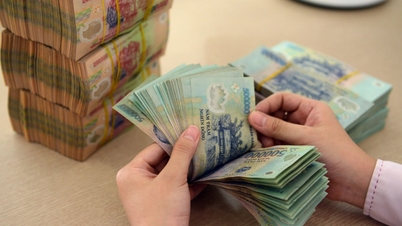




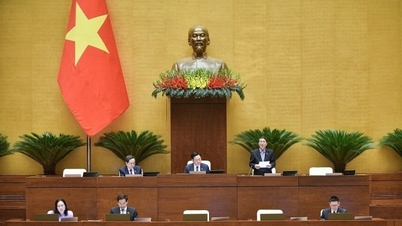
























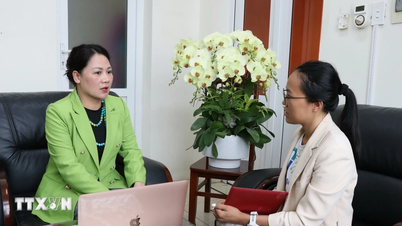




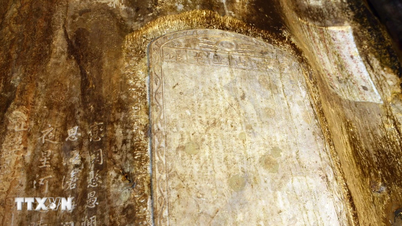



































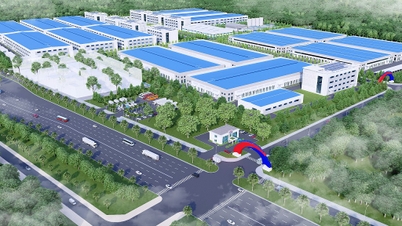






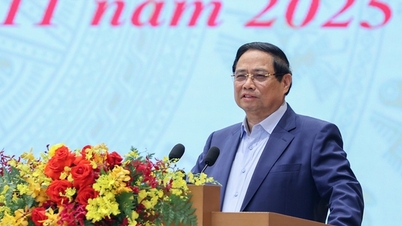












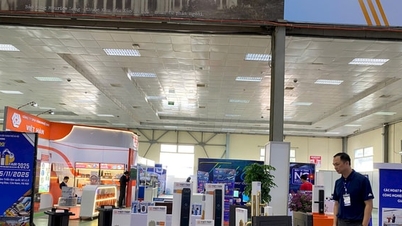

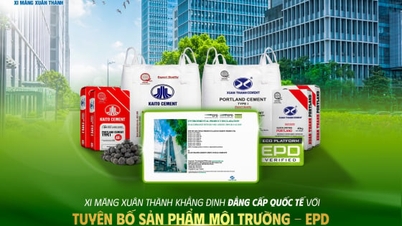
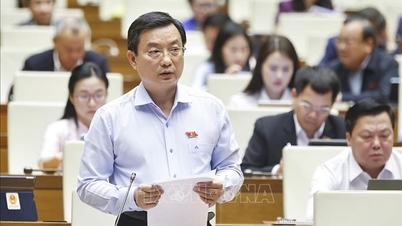







Comment (0)